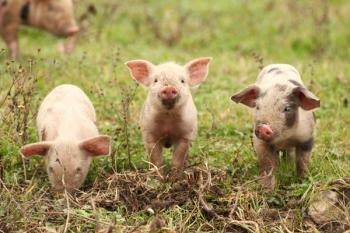
Launch of Cannabis Science and Technology Magazine
Our new sister publication, Cannabis Science and Technology (CST), launched in March 2018.
Our new sister publication, Cannabis Science and Technology (CST), launched in March 2018. In alliance with the Cannabis Science Conference, this new professional journal and website will focus on educating the legal cannabis industry about the science and technology of analytical testing and quality control, including topics such as
- Sample preparation techniques for analytical testing
- Development of analytical methods for potency testing
- Identifying contaminants such as pesticides, residual solvents, heavy metals, and mycotoxins
- Quality control for cannabis, extraction, and processing
- Laboratory best practices and certification
- Testing standardization
- Regulations related to quality control
The first issue features content ranging from quality assurance, laboratory accreditation, analytical tools to analyze edibles, metals analysis, extraction processes, and more. To read the full issue, please visit
If you would like to submit an article to Cannabis Science and Technology, contact Meg L’Heureux, Editor-in-Chief at Meg.Lheureux@ubm.com.
For subscription information, please visit
Newsletter
Get essential updates on the latest spectroscopy technologies, regulatory standards, and best practices—subscribe today to Spectroscopy.




